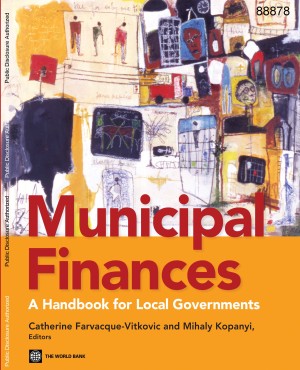
There are many positive aspects associated with subnational borrowing, including additional funding and promoting intergenerational equity. However, it may also endanger fiscal sustainability and macro stability due to moral hazard and soft budget constraints, making borrowing controls justified and common.
In this Working Paper, Martinez-Vazquez and Vulovic reviewed the different types of ex-ante and ex-post subnational borrowing regulations used in the international experience based on a large panel of developed and developing countries. Each type of regulations has advantages and disadvantages, with varying suitability to a country’s circumstances.
It is found that the presence of subnational tax autonomy contributes to an increase in the general government primary balance but not significantly for subnational primary balances. A history of subnational bailouts is associated with lower primary balances, on average, at all levels. The “golden rule” and limits on debt and borrowing appear effective at all levels of government. However, none of the broad types of subnational borrowing regulations seem to have a distinct significant direct effect on the narrow definition of fiscal sustainability at the subnational level.
Download the full paper here.
Martinez-Vazquez, Jorge and Violeta Vulovic (2016). “How Well Do Subnational Borrowing Regulations Work?” ADB Working Paper Series No. 563, March 2016.


